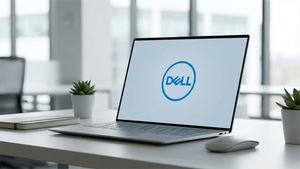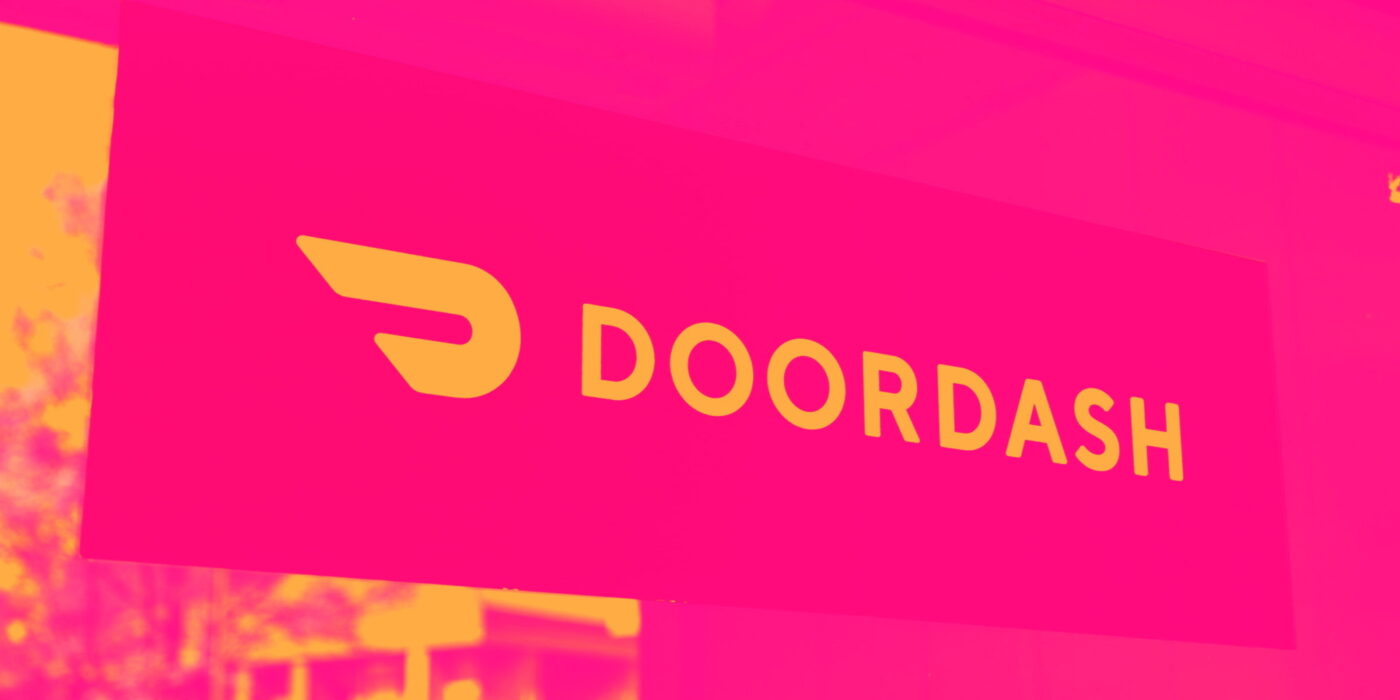
On-demand food delivery service DoorDash (NYSE: DASH) reported revenue ahead of Wall Street’s expectations in Q4 CY2024, with sales up 24.8% year on year to $2.87 billion. Its GAAP profit of $0.33 per share was in line with analysts’ consensus estimates.
Is now the time to buy DoorDash? Find out by accessing our full research report, it’s free.
DoorDash (DASH) Q4 CY2024 Highlights:
- Revenue: $2.87 billion vs analyst estimates of $2.84 billion (24.8% year-on-year growth, 1.1% beat)
- EPS (GAAP): $0.33 vs analyst estimates of $0.33 (in line)
- Adjusted EBITDA: $566 million vs analyst estimates of $562.4 million (19.7% margin, 0.6% beat)
- EBITDA guidance for Q1 CY2025 is $575 million at the midpoint, below analyst estimates of $585 million
- Operating Margin: 4.1%, up from -3.9% in the same quarter last year
- Free Cash Flow Margin: 9%, down from 16.4% in the previous quarter
- Orders: 685 million, up 111 million year on year
- Market Capitalization: $80.02 billion
Company Overview
Founded by Stanford students with the intent to build “the local, on-demand FedEx", DoorDash (NYSE: DASH) operates an on-demand food delivery platform.
Gig Economy
The iPhone changed the world, ushering in the era of the “always-on” internet and “on-demand” services - anything someone could want is just a few taps away. Likewise, the gig economy sprang up in a similar fashion, with a proliferation of tech-enabled freelance labor marketplaces, which work hand and hand with many on demand services. Individuals can now work on demand too. What began with tech-enabled platforms that aggregated riders and drivers has expanded over the past decade to include food delivery, groceries, and now even a plumber or graphic designer are all just a few taps away.
Sales Growth
A company’s long-term sales performance signals its overall quality. Even a bad business can shine for one or two quarters, but a top-tier one grows for years. Thankfully, DoorDash’s 29.9% annualized revenue growth over the last three years was exceptional. Its growth surpassed the average consumer internet company and shows its offerings resonate with customers, a great starting point for our analysis.
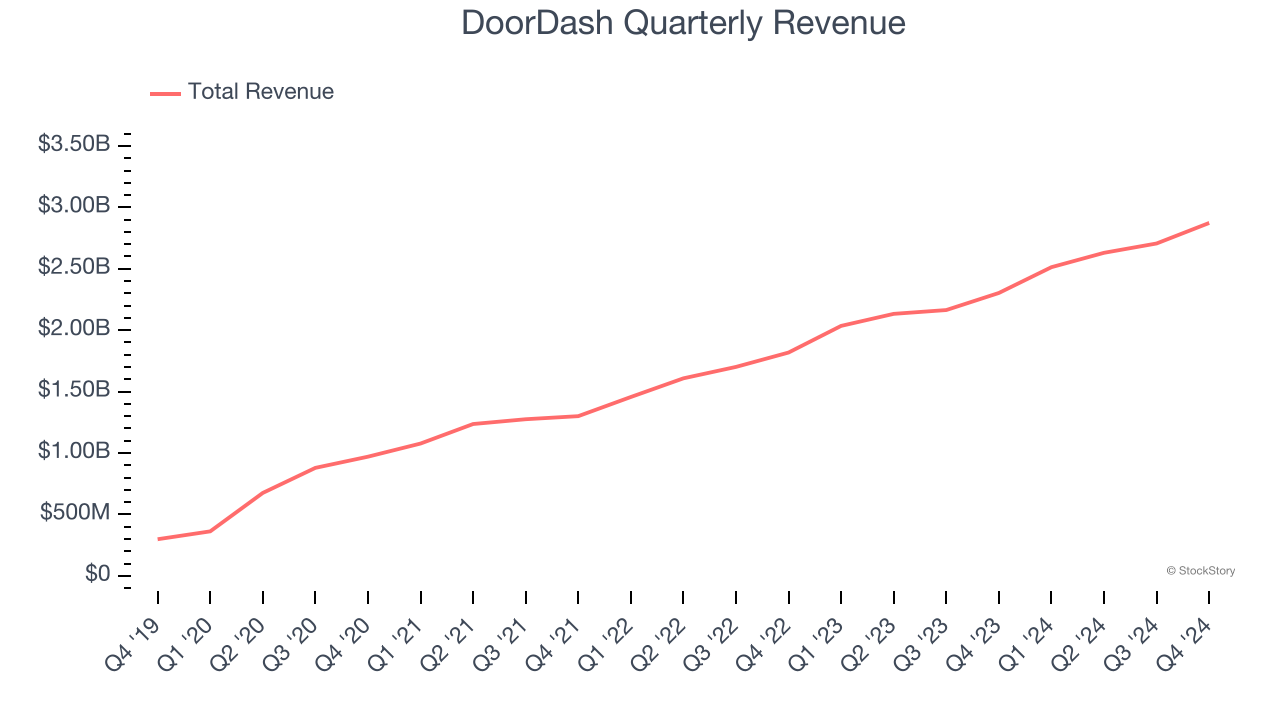
This quarter, DoorDash reported robust year-on-year revenue growth of 24.8%, and its $2.87 billion of revenue topped Wall Street estimates by 1.1%.
Looking ahead, sell-side analysts expect revenue to grow 18.7% over the next 12 months, a deceleration versus the last three years. We still think its growth trajectory is attractive given its scale and implies the market sees success for its products and services.
Today’s young investors won’t have read the timeless lessons in Gorilla Game: Picking Winners In High Technology because it was written more than 20 years ago when Microsoft and Apple were first establishing their supremacy. But if we apply the same principles, then enterprise software stocks leveraging their own generative AI capabilities may well be the Gorillas of the future. So, in that spirit, we are excited to present our Special Free Report on a profitable, fast-growing enterprise software stock that is already riding the automation wave and looking to catch the generative AI next.
Orders
Request Growth
As a gig economy marketplace, DoorDash generates revenue growth by expanding the number of services on its platform (e.g. rides, deliveries, freelance jobs) and raising the commission fee from each service provided.
Over the last two years, DoorDash’s orders, a key performance metric for the company, increased by 22.1% annually to 685 million in the latest quarter. This growth rate is among the fastest of any consumer internet business and indicates its offerings have significant traction. 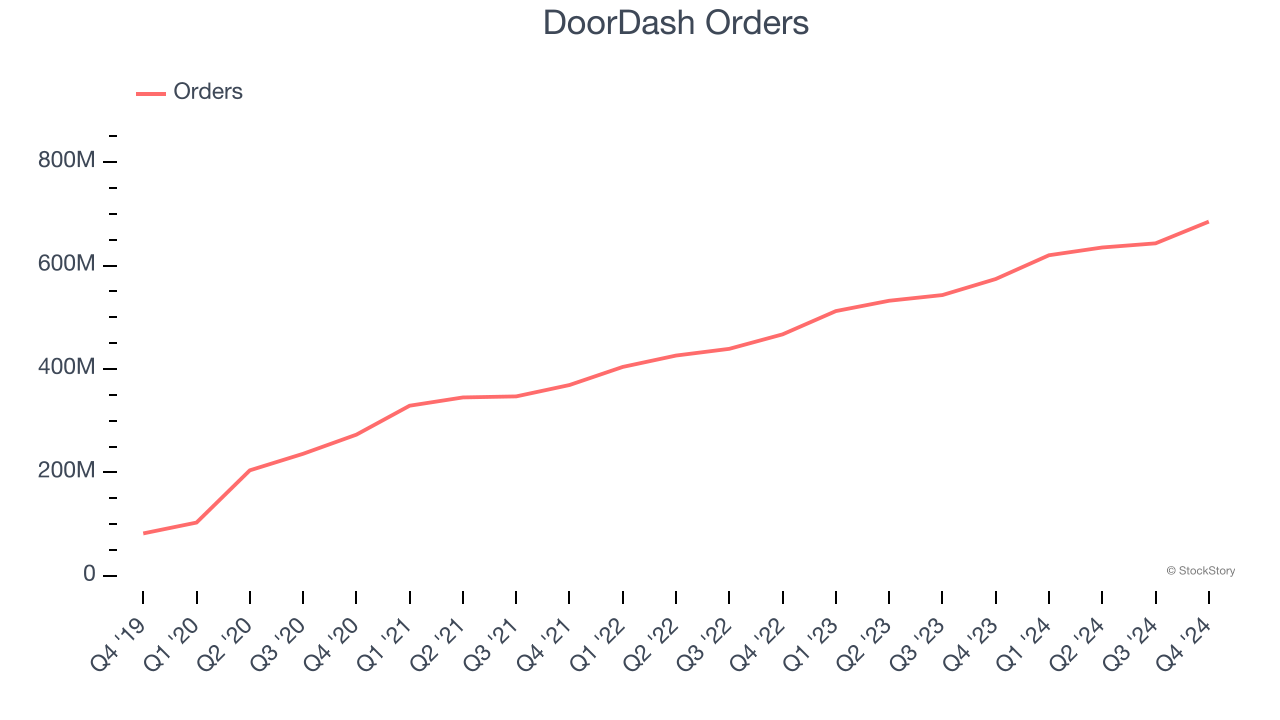
In Q4, DoorDash added 111 million orders, leading to 19.3% year-on-year growth. The quarterly print was lower than its two-year result, suggesting its new initiatives aren’t accelerating request growth just yet.
Revenue Per Request
Average revenue per request (ARPR) is a critical metric to track for gig economy businesses like DoorDash because it measures how much the company earns in transaction fees from each request. This number also informs us about DoorDash’s take rate, which represents its pricing leverage over the ecosystem, or "cut" from each transaction.
DoorDash’s ARPR growth has been mediocre over the last two years, averaging 4.7%. This isn’t great, but the increase in orders is more relevant for assessing long-term business potential. We’ll monitor the situation closely; if DoorDash tries boosting ARPR by taking a more aggressive approach to monetization, it’s unclear whether requests can continue growing at the current pace. 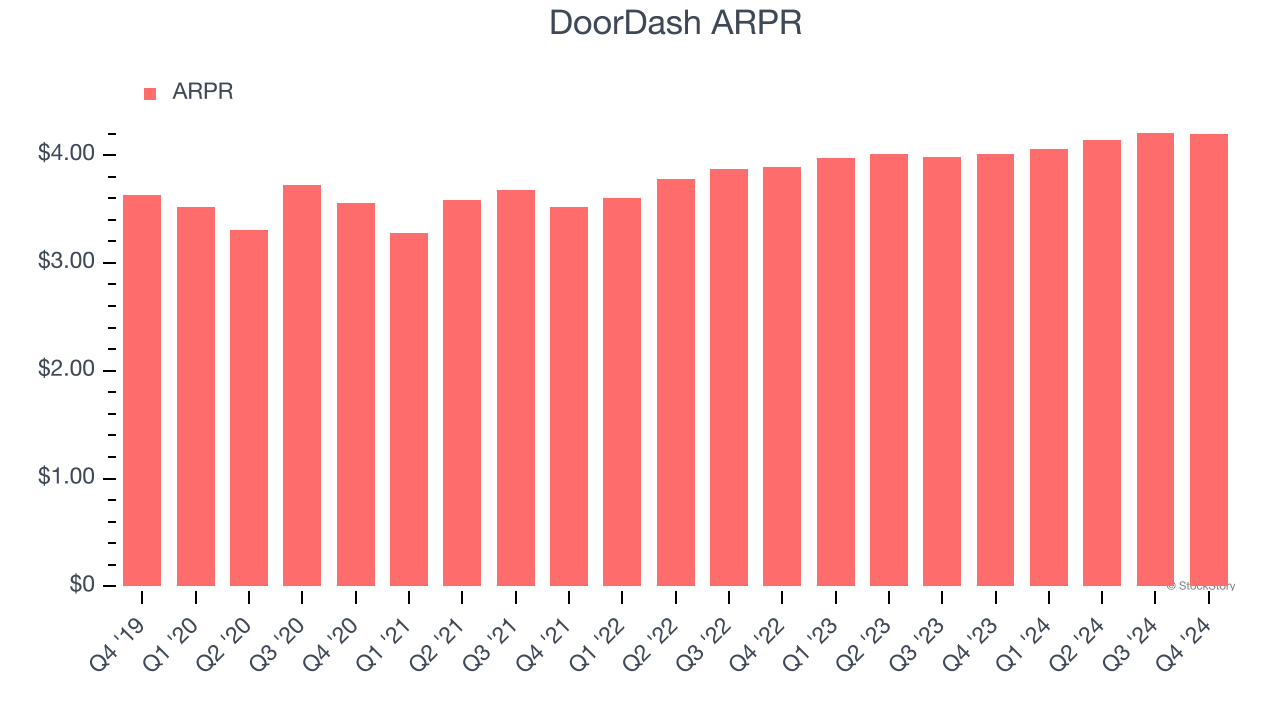
This quarter, DoorDash’s ARPR clocked in at $4.19. It grew by 4.5% year on year, slower than its request growth.
Key Takeaways from DoorDash’s Q4 Results
It was great to see DoorDash increase its number of requests this quarter. We were also happy its number of orders outperformed Wall Street’s estimates. On the other hand, its EBITDA guidance for next quarter missed. Zooming out, we think this was a decent quarter featuring some areas of strength but also some blemishes. The stock traded up 5.2% to $203.16 immediately after reporting.
Is DoorDash an attractive investment opportunity at the current price? If you’re making that decision, you should consider the bigger picture of valuation, business qualities, as well as the latest earnings. We cover that in our actionable full research report which you can read here, it’s free.


